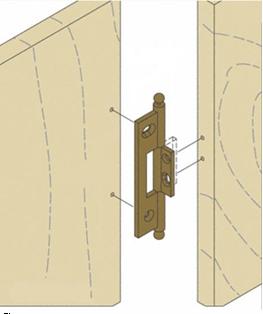Loops without tie-in: selection and installation
An overlay hinge without a tie-in belongs to the category of fasteners connecting the door leaf and the frame. Regardless of their purpose, shapes and colors, the products are combined by the same installation method that does not require preliminary preparation of the door and door frame.
Varieties of overhead loops
Door hinges without tie-in have a similar design, but fundamentally differ in purpose (street hinges, interior,) and type of installation (corner, card).
By appointment
Depending on where, outdoors or indoors, the door is located, the hinges can be outdoor and interior. This classification is not strict.
Each type has its own characteristics:
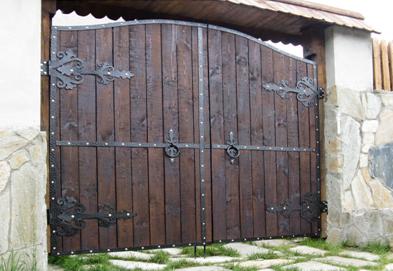
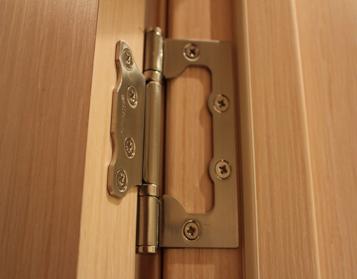
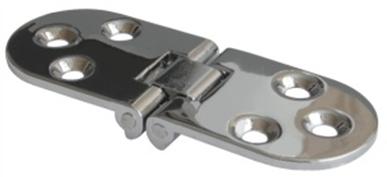
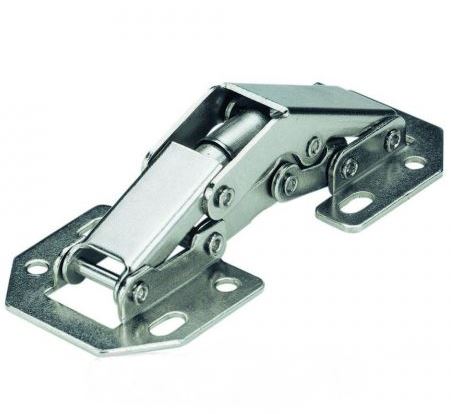
By installation type
According to the type of installation, overhead loops can be angular and card. Their features are as follows:
- card loops. These are classic loops, consisting of two wings (cards) placed on a common hinge. Fasteners can be left, right or universal. The form of card loops is standard, as well as curly. Among curly loops, the so-called butterfly loops are common, which are two cards, one cut out of the other. When the door is closed, one card is inserted into another. That is why this type does not require tie-in during installation.
- Angle hinges. They are a kind of card loops. They differ from the classical design in that their cards are bent at an angle. Used on doors with a vestibule. Typically, such models require tie-ins, so we will not dwell on them.
Features of the choice of non-cut hinges
Going to the store, you should clarify the weight of the door in advance, since the characteristics of the hinges and their number depend on it. You need to know that manufacturers usually make their own recommendations for the selection of hinges depending on the weight of the doors. The number of loops can be determined from the diagram below.
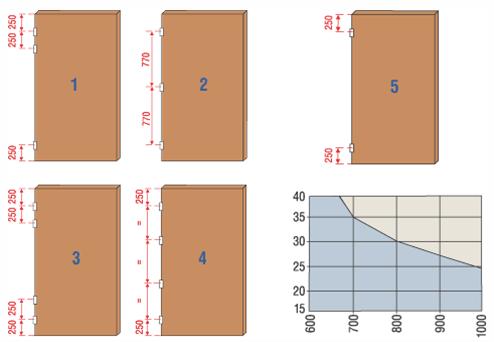
Explanations for the scheme:
- Option 1: a standard door is mounted on three hinges (1 from the bottom, 2 from the top).
- Option 2: a light door is mounted on three hinges (at the same distance from each other).
- Option 3: a heavy door is mounted on 4 hinges (2 on top and 2 on the bottom).
- Option 4: the high door is mounted on 4 hinges (at the same distance from each other).
- Option 5: classic arrangement of loops.
The graph shows how wide and how much weight the door can be placed on 2 hinges.
In addition to the number of loops and aesthetic qualities, when choosing loops, you need to pay attention to the following parameters:
- It is important to decide on what they should be: left, right or universal. The universal hinge can be installed both on the left and on the right side, while the left one can only be installed on the left, and the right one on the right.
- Door hinges are usually made of steel, brass, stainless steel. Steel hinges are the most affordable, but the decorative coating applied to them is quickly erased. Another disadvantage is that they are sensitive to moisture. Stainless steel hinges are more durable. They are not afraid of humidity and critical temperatures, but they can only be of one color - steel.
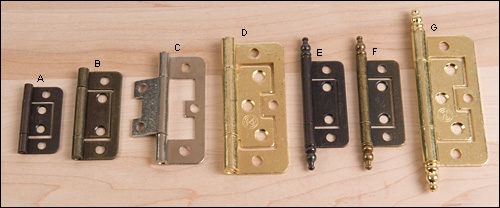
- It should also be remembered that the more massive the door, the thicker the hinges should be. The standard width is about 2.5 mm (suitable for interior doors), however, they can be thinner (for furniture) and thicker (for street doors).
- When buying hinges for entrance type doors, preference should be given to those that are equipped with a special anti-removable cap, which is protection against unauthorized removal of the door.
Installation of simple hinges
Installation of non-mortise hinges is usually not difficult even for beginners. The instructions below describe the process of installing wooden doors on.
Installation steps:
- Make markings to indicate the attachment points on the door jamb. It is customary to retreat 25 cm from above and below.
